216 UMMA Objects
216 UMMA Objects

Bruce Davidson
Untitled (Child with a Doll Carriage), from "Welsh Miners"
1981
Gift of Mr. and Mrs. Douglas M. Kenyon
1983/2.243.3
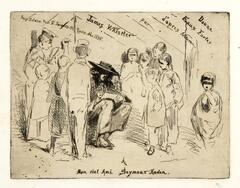
James Abbott McNeill Whistler (American (North American))
The Title Page for "Douze Eaux Fortes d'après Nature" or the French Set
1856 – 1858
Bequest of Margaret Watson Parker
1954/1.332

James Abbott McNeill Whistler (American (North American))
Annie Haden
1860
Bequest of Margaret Watson Parker
1954/1.344

James Abbott McNeill Whistler (American (North American))
Florence Leyland
1868 – 1878
Bequest of Margaret Watson Parker
1954/1.356
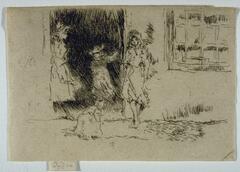
James Abbott McNeill Whistler (American (North American))
Cottage Door
1886
Bequest of Margaret Watson Parker
1954/1.395
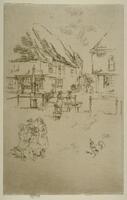
James Abbott McNeill Whistler (American (North American))
The Cock and the Pump
1887
Bequest of Margaret Watson Parker
1954/1.398
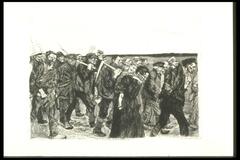
Käthe Kollwitz (German (culture, style, period))
The Weavers Cycle: March of the Weavers (from a set of 6 prints)
1897
Museum Purchase
1956/1.21
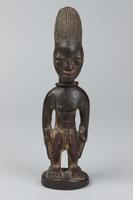
Yoruba (Yoruba (culture or style))
Male Twin Figure
1920 – 1930
Gift of Dr. & Mrs. J. Robert Willson.
1985/2.92
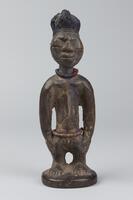
Yoruba (Yoruba (culture or style))
Twin Figure
1925 – 1940
Gift of Dr. and Mrs. Milford Golden
1986/2.115
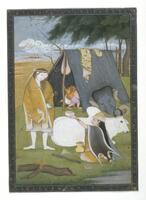
Artist Unknown, India, Punjab Hills, Kangra School
Shiva and his family
1790 – 1800
Gift of Dr. Walter R. Parker
1942.4
Loading…


